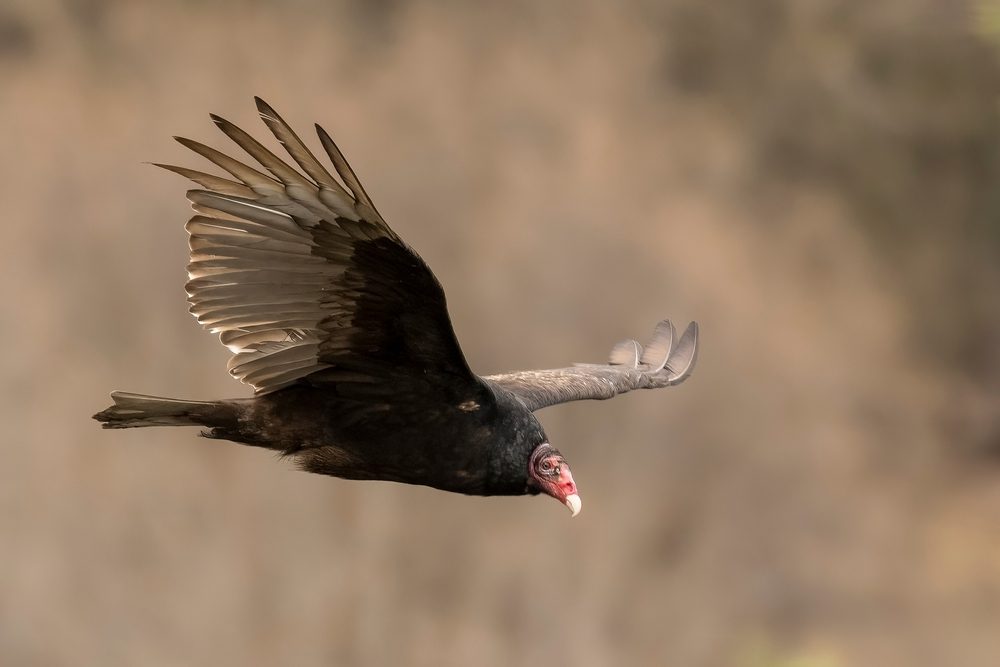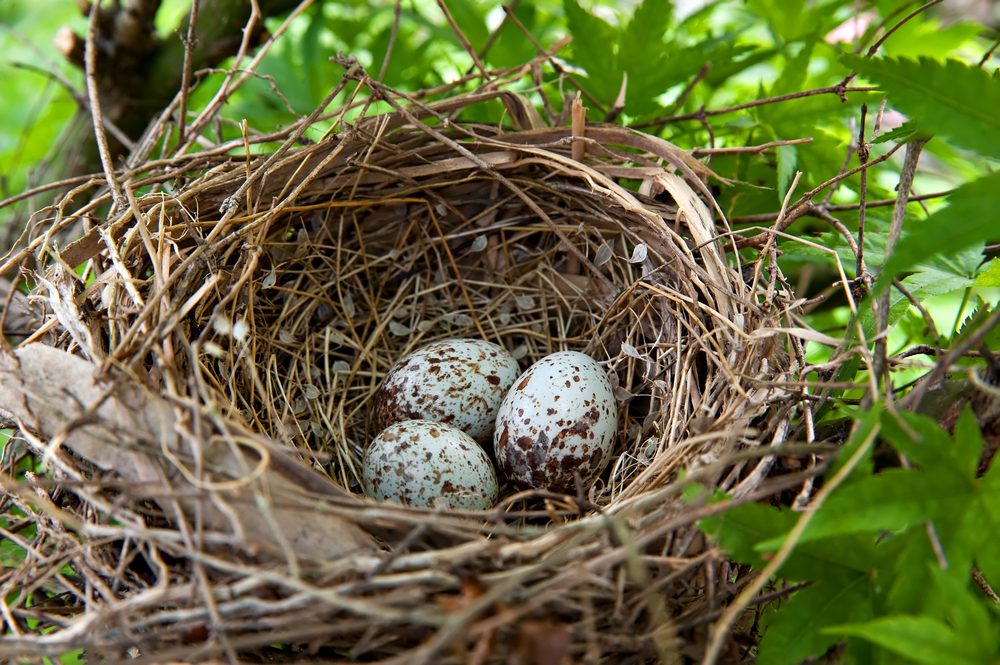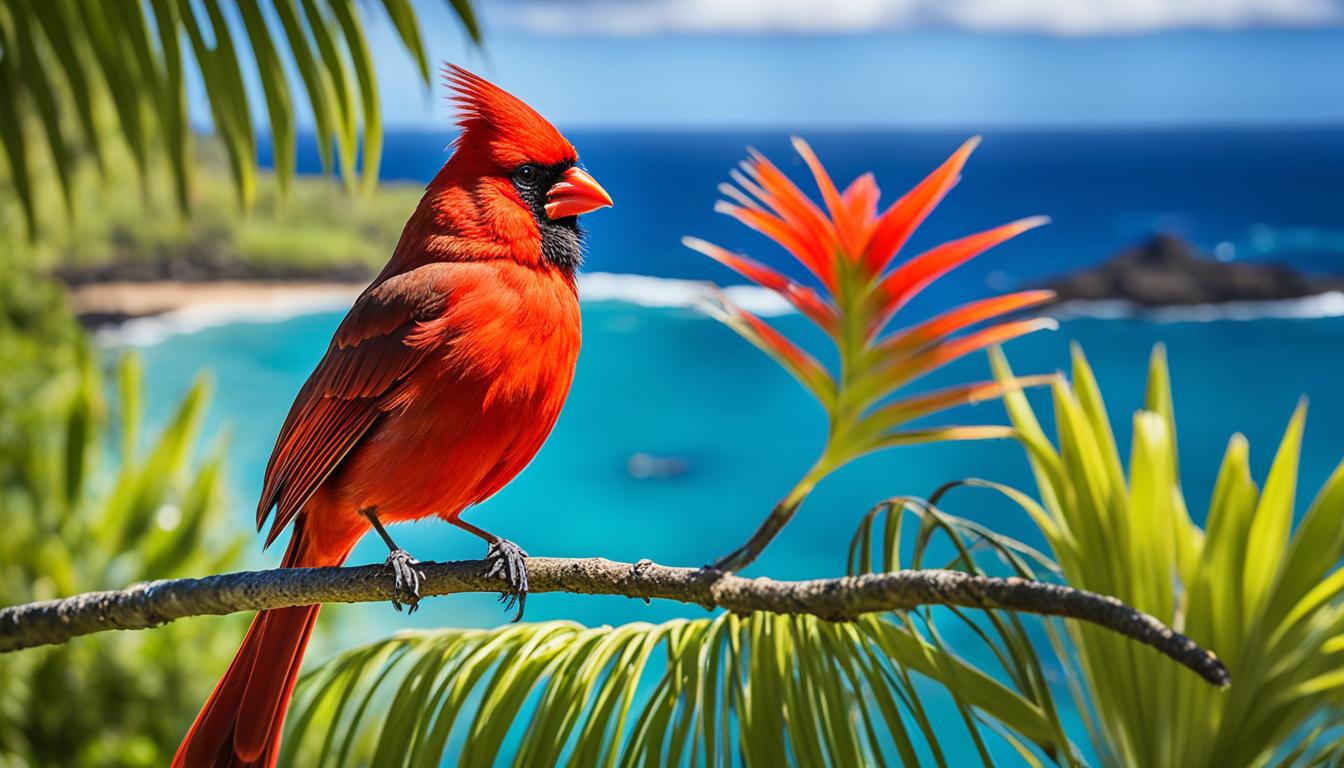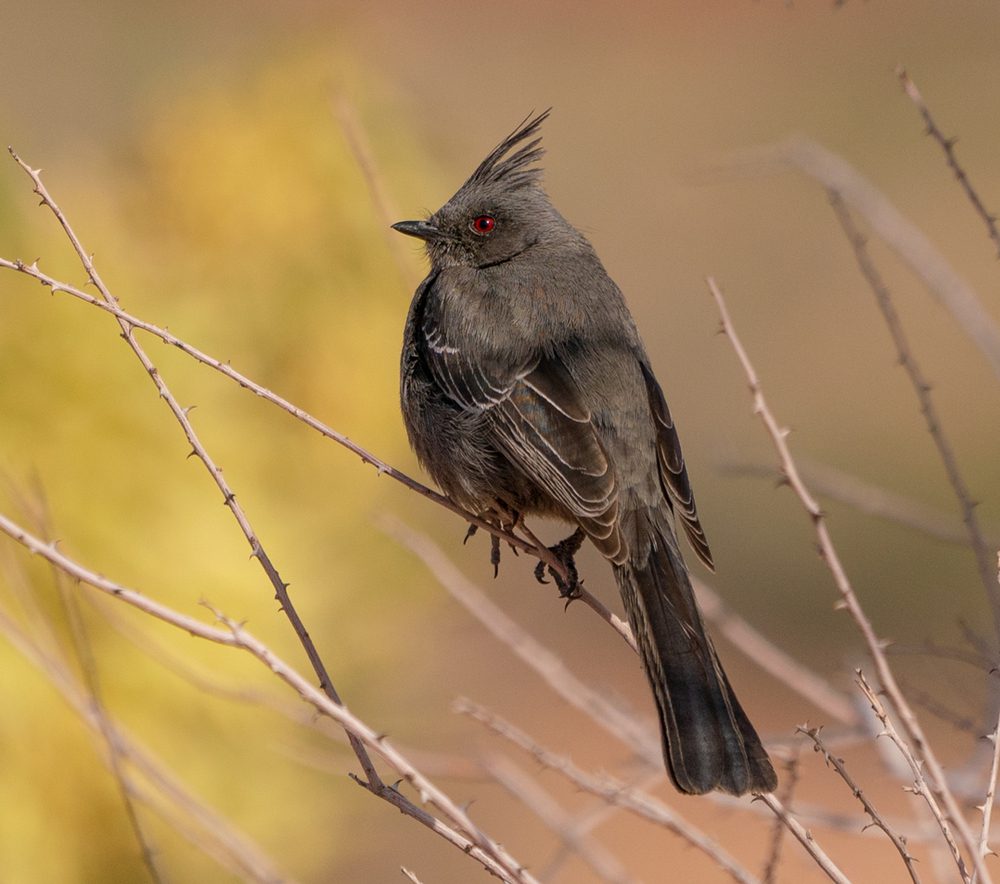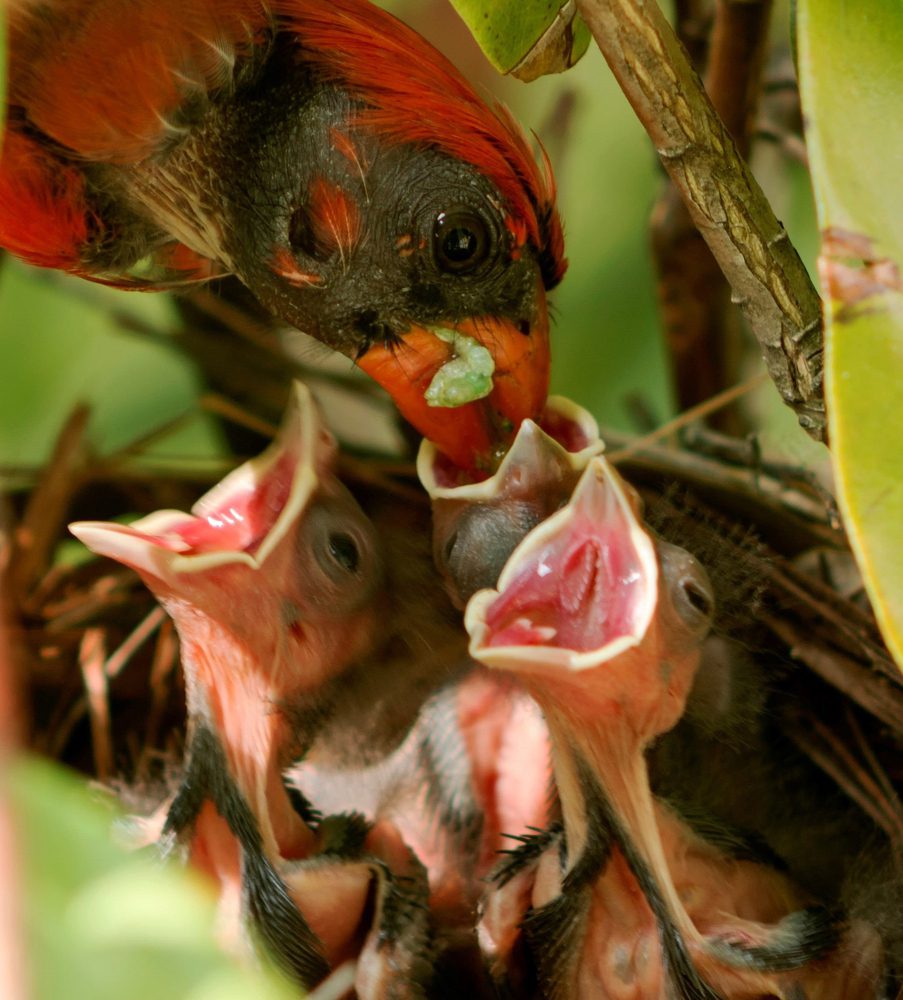Have you ever spotted a Turkey Vulture Wisconsin soaring in skies and wondered what it’s all about? These birds play a cool role in nature, but sometimes people don’t get why they’re important. Missing out on the real story can lead to wrong ideas.
Did you know that Wisconsin is home to one of the largest populations of turkey vultures in the United States? These majestic birds, known for their soaring flight and unique appearance, have found their ideal habitat in the diverse landscapes of Wisconsin. Whether you are a birdwatching enthusiast or simply curious about the turkey vulture species, this article will take you on a captivating journey through their habitats in Wisconsin, uncovering the secrets of their roosting grounds and seasonal movements. Join me as we delve into the world of turkey vultures and discover the breathtaking beauty of these remarkable creatures.
Table of Contents

The Unique Beauty of The Turkey Vulture in Wisconsin
When it comes to birdwatching in Wisconsin, one species that captures the attention of enthusiasts is the turkey vulture. Known for its distinctive appearance and remarkable characteristics, the turkey vulture is truly a sight to behold.
Spotting the Turkey Vulture Across the Wisconsin Landscape
As you venture across the diverse landscapes of Wisconsin, keep an eye out for the majestic turkey vulture soaring through the sky. With its impressive wingspan of up to six feet, this bird of prey is hard to miss. Its bald head and red, wrinkled skin give it a unique and unmistakable appearance, while its long, broad wings enable graceful flight.
To spot turkey vultures in Wisconsin, head to open areas such as fields, meadows, and along rivers and lakeshores. They are often seen soaring effortlessly on thermals, using their keen eyesight to locate carrion. [1]
To improve your bird identification skills, pay attention to the distinctive flight pattern of turkey vultures. They have a characteristic “V” shape during flight, with their wings held in a slight dihedral angle. This, coupled with their large size and bald heads, sets them apart from other bird species.
Characteristics That Make Turkey Vultures Distinct
Beyond their appearance, turkey vultures possess unique characteristics that distinguish them from other birds. One fascinating trait is their highly developed sense of smell, which allows them to detect carrion from great distances. This ability enables them to locate food sources and scavenge on the remains of animals, playing an essential role in ecosystems.
Unlike other raptors, turkey vultures do not possess sharp talons or a powerful beak for capturing prey. Instead, they rely on their impressive scavenging abilities and an acidic stomach that can neutralize harmful bacteria found in decaying flesh.
Another intriguing characteristic of turkey vultures is their communal roosting behavior. During winter months, they gather in large flocks, forming communal roosts where they rest and keep warm. These roosting sites can be significant and provide an excellent opportunity for birdwatchers to observe these magnificent birds in action.
Whether you’re a seasoned birdwatcher or a curious nature enthusiast, encountering a turkey vulture in the wild is an awe-inspiring experience. Their unique beauty and extraordinary characteristics make them a fascinating subject for observation and study.
Turkey Vulture Wisconsin: Discovering Their Natural Habitats
Let’s dive into where turkey vultures hang out in Wisconsin. These cool birds are spotted in different parts of the state, and each spot has something special for us to see and learn. It’s really important for bird lovers and scientists to know exactly where these vultures like to chill out. Plus, getting to know what these birds need to thrive helps us take care of them and keep Wisconsin’s wildlife amazing and varied.
Identifying Turkey Vulture Roosting Grounds in Wisconsin
Turkey vultures prefer certain locations as their roosting grounds. These sites provide them with the ideal conditions for resting, socializing, and nesting. Common roosting areas for turkey vultures in Wisconsin include:
- Rock formations and cliffs
- Tall trees, particularly snags (standing dead trees)
- Abandoned buildings and structures
These roosting sites offer the vultures a vantage point to spot carrion or food sources, access to open areas for thermoregulation, and protection from predators. Identifying these roosting grounds is vital for wildlife enthusiasts, scientists, and conservationists to monitor turkey vulture populations and study their behavior.
Understanding the Ecosystem Requirements of Turkey Vultures
Turkey vultures play a crucial role in Wisconsin ecosystems as nature’s cleanup crew. These scavengers rely on carrion as their primary source of food and contribute to the balance of the ecosystem by consuming carcasses, preventing the spread of diseases, and recycling nutrients. To meet their ecological needs, turkey vultures select habitats that satisfy specific requirements:
- Open areas: Turkey vultures prefer habitats with expansive open spaces, such as grasslands, fields, and savannahs. These areas allow them to spot carrion from a distance and engage in efficient foraging.
- Proximity to food sources: The availability of carrion is critical for turkey vultures. They tend to inhabit regions with a generous supply of carcasses, such as roadkill along highways, animal remains in natural areas, and remnants from hunting activities.
- Nesting habits: Turkey vultures build their nests on the ground or in secluded areas like caves, rock crevices, or thick vegetation. These locations provide protection for their young and ensure a safe environment for nesting.
Understanding and preserving the specific ecosystem requirements of turkey vultures is essential for wildlife conservation efforts in Wisconsin. By safeguarding their habitats, we can ensure the long-term survival of these remarkable birds and the overall biodiversity of the state.
The Seasonal Movements of Wisconsin Turkey Vultures
In Wisconsin, turkey vultures exhibit fascinating seasonal movements that are influenced by various factors. Understanding their migration patterns and behavior during different seasons provides valuable insights into the lives of these magnificent birds.
Turkey vultures are known for their long-distance migration, which takes place twice a year. In the spring, they travel from their wintering grounds in Central and South America to their breeding areas in Wisconsin. This migration is driven by the search for suitable nesting sites and abundant food sources.
During the summer months, turkey vultures can be commonly sighted in Wisconsin as they establish territories, build nests, and raise their young. They prefer roosting in open areas with access to sufficient food and water, making use of the state’s diverse habitats.
As autumn approaches, turkey vultures begin their southward migration once again. They gather in large groups, called “kettles,” before embarking on their journey. These kettles can consist of hundreds or even thousands of vultures, creating a remarkable spectacle for birdwatchers.
During the winter months, turkey vultures from Wisconsin migrate to warmer regions in the southern United States and Central America, where they can find consistent food sources and milder climates. Some individuals may even venture as far as northern South America.
Interestingly, turkey vultures exhibit different behavior during the winter season. Instead of nesting individually, they form communal roosting groups, often sharing roost sites with other migratory bird species. These winter roosts can provide warmth, security, and a sense of camaraderie among the vultures.
“The seasonal movements of turkey vultures highlight the incredible adaptability and survival strategies of these birds. Their ability to find their way across vast distances and gather in large groups is truly awe-inspiring.”
Observing the seasonal movements of turkey vultures in Wisconsin offers a unique opportunity to witness their remarkable behavior and appreciate their importance in the avian world. By studying their migration patterns and understanding their habitat preferences, we can contribute to the conservation efforts aimed at protecting these magnificent creatures for future generations.
Unveiling the Turkey Vulture Diet: What Do They Eat in Wisconsin?
Scavenging Strategies: How Turkey Vultures Find Their Meals
Turkey vultures, like many other vulture species, are scavengers that primarily feed on carrion, which is the decaying flesh of dead animals. Their feeding habits play a vital role in maintaining the balance of Wisconsin ecosystems.
When searching for food, turkey vultures employ several scavenging strategies. They have a remarkable sense of smell, enabling them to detect the odor of rotting flesh from a considerable distance. By circling high in the sky, known as soaring flight, they efficiently locate potential food sources. Additionally, turkey vultures rely on the behavior of other scavengers, such as crows and eagles, to find carrion.
The Role of Turkey Vultures in Wisconsin Ecosystems
The carrion consumption by turkey vultures plays a crucial ecological role in Wisconsin. By feeding on dead animals, they prevent the spread of diseases and the accumulation of rotting carcasses, thus maintaining the overall health of the ecosystem. Without turkey vultures and their carrion consumption, the excessive accumulation of dead animals could disrupt the delicate balance of the food chain and lead to potential disease outbreaks.
Furthermore, turkey vultures contribute to nutrient recycling in the environment. As they consume carrion, they break down the organic matter and release essential nutrients back into the soil. This nutrient cycling process supports the growth of vegetation and provides nourishment for other organisms within the ecosystem.
How to Spot Turkey Vulture Sightings in Wisconsin
To enhance your birdwatching experience in Wisconsin, it’s essential to know how to spot turkey vulture sightings. By understanding their flight patterns, behavior, and preferred habitats, you’ll increase your chances of identifying and locating these magnificent birds.
When searching for turkey vultures, keep in mind that they are large birds with a bald head and a noticeably broad wingspan. They are often seen soaring high in the sky, using thermals to glide effortlessly. To identify them, look out for their distinctively wobbly flight and their distinctive V-shaped wing posture.
Table:
| Turkey Vulture Sightings Tips | Preferred Habitats |
|---|---|
| Look for them soaring high in the sky, especially during midday when thermals are strongest. | Open areas such as prairies, fields, and meadows. |
| Observe their flight patterns – they soar and glide rather than flapping their wings continuously. | Near water sources like rivers, lakes, and wetlands. |
| Keep an eye out for their unique V-shaped wing posture while soaring. | Near forest edges and wooded areas. |
| Listen for their distinctive hissing or rasping calls while in flight or perched. | Places with abundant carrion, such as roadsides and landfills. |
For avid birdwatchers, some popular locations in Wisconsin where turkey vulture sightings are more likely include the Crex Meadows Wildlife Area, Horicon Marsh State Wildlife Area, and the Kickapoo Valley Reserve. These areas offer a variety of habitats that attract turkey vultures and provide excellent opportunities for observing their behavior and flight patterns.
Conservation Efforts for Turkey Vultures and Other Birds in Wisconsin
In Wisconsin, bird conservation efforts play a vital role in protecting the diverse avian species found in the state. Conservation efforts focus on safeguarding the habitats of turkey vultures and other threatened bird species, preserving wildlife, and maintaining the delicate balance of ecosystems.
Protecting Habitats for Turkey Vultures and Biodiversity
Preserving suitable habitats is crucial for the survival of turkey vultures and the overall biodiversity in Wisconsin. Organizations and government agencies collaborate to identify and protect areas that serve as roosting sites and provide essential resources for these birds. By conserving their habitats, efforts are made to ensure the long-term well-being of turkey vultures and the preservation of ecological balance.

Where Bird Conservation Wisconsin Focus Is Heading
The future of bird conservation in Wisconsin is centered around increasing awareness and understanding of the importance of bird habitats as well as addressing the challenges faced by threatened species. Efforts focus on implementing effective conservation strategies, engaging communities in citizen science initiatives, and advocating for policies that prioritize wildlife protection. By investing in education, research, and collaborative partnerships, Wisconsin aims to create a sustainable future for turkey vultures and other birds.
Conclusion
Let’s wrap this up by talking about the turkey vultures in Wisconsin. These birds are super cool and important for the area’s wildlife. They like hanging out in open spaces and places where they can roost, which makes it easier for us to spot them. They’re pretty big birds with no feathers on their heads and wide wings, so you can’t really mix them up with other birds. Watching for them can be a fun part of birdwatching.
Turkey vultures are kind of like nature’s cleanup crew because they eat dead animals. This might sound a bit gross, but it’s super important for keeping the environment healthy. They have an amazing sense of smell to find their food, which helps keep the ecosystem balanced.
It’s really important to look after the places where turkey vultures live to make sure we keep Wisconsin’s bird world diverse and healthy. When we take care of their homes, we help keep everything in nature working well together. It’s up to all of us to make sure these awesome birds are around for a long time, adding to the beauty of Wisconsin’s outdoors.
FAQ
Where can I spot turkey vultures in Wisconsin?
Turkey vultures can be found throughout Wisconsin, but they are most commonly sighted in open areas with abundant food sources, such as fields, meadows, and along roadways.
What is the diet of turkey vultures in Wisconsin?
Turkey vultures primarily feed on carrion, including dead animals and carcasses. They play a vital role in the ecosystem by consuming carrion, which helps in maintaining the balance of Wisconsin’s biodiversity.
How can I identify turkey vultures in Wisconsin?
Turkey vultures have a distinctive appearance, with large bodies, long wings, and featherless heads. They also have a v-shaped wing posture during flight. Their dark plumage and bald heads make them easily recognizable.
Are turkey vultures migratory birds in Wisconsin?
Yes, turkey vultures are migratory birds in Wisconsin. They migrate south during the winter months and return to the state in early spring to breed and raise their young.
What can I do to protect turkey vultures and their habitats in Wisconsin?
You can contribute to the conservation of turkey vultures in Wisconsin by supporting local bird conservation organizations, educating others about the importance of these birds, and advocating for the preservation of their habitats.
Are turkey vultures at risk of becoming endangered in Wisconsin?
Currently, turkey vultures are not considered to be at risk of becoming endangered in Wisconsin. However, it is important to continue monitoring their populations and protecting their habitats to ensure their long-term survival.
How can I get involved in birdwatching and turkey vulture sightings in Wisconsin?
You can get involved in birdwatching and turkey vulture sightings in Wisconsin by joining local birdwatching groups, participating in bird counts or surveys, and visiting popular birdwatching locations where turkey vultures are frequently observed.
Which organizations are working on bird conservation in Wisconsin?
Several organizations are working on bird conservation in Wisconsin, including the Wisconsin Bird Conservation Initiative and the Wisconsin Department of Natural Resources. These organizations focus on protecting bird habitats and promoting conservation efforts across the state.

